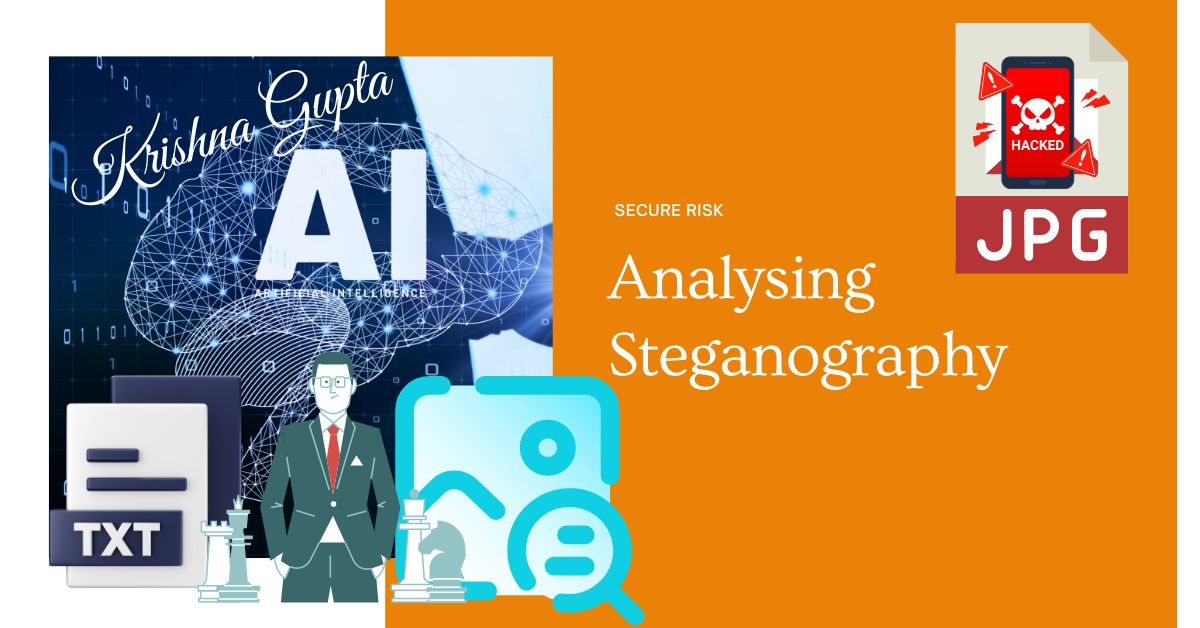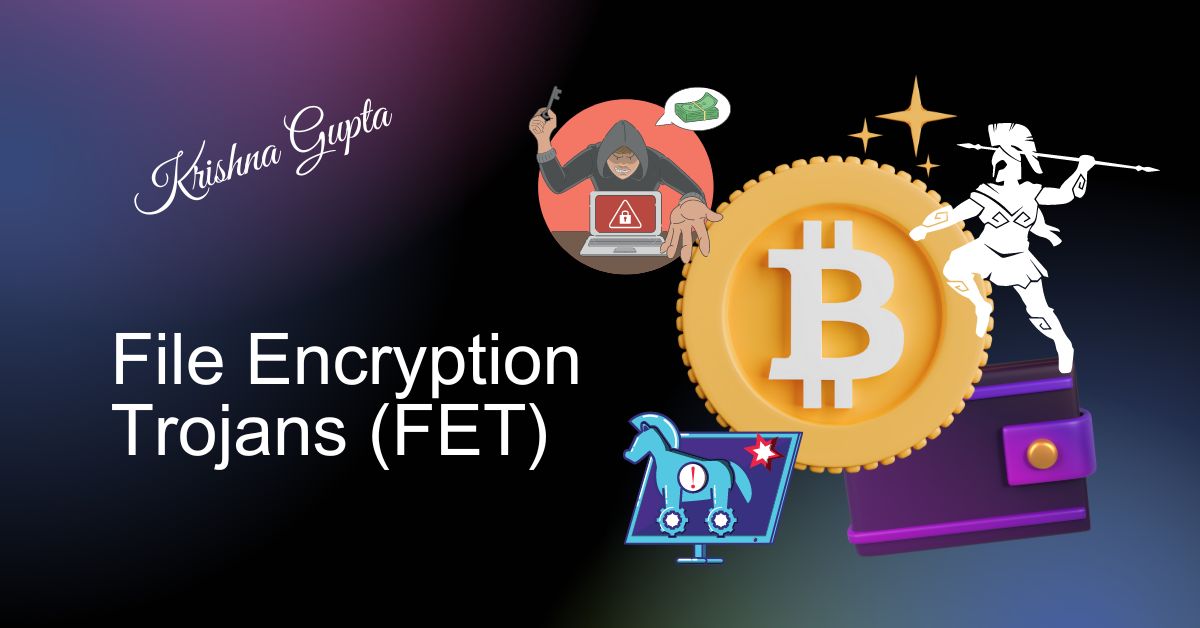Safeguarding Your Digital Kingdom: A C-Suite Guide to Preventing Malvertising
Malvertising, short for malicious advertising, is a cybercrime technique that leverages the reach and trust associated with online advertising to deliver harmful content. Malicious actors infiltrate legitimate ad networks and insert malicious code into advertisements, which are then displayed on unsuspecting websites. When a user clicks on or simply view these malicious ads, their devices can become infected with malware, leading to a range of detrimental consequences.




